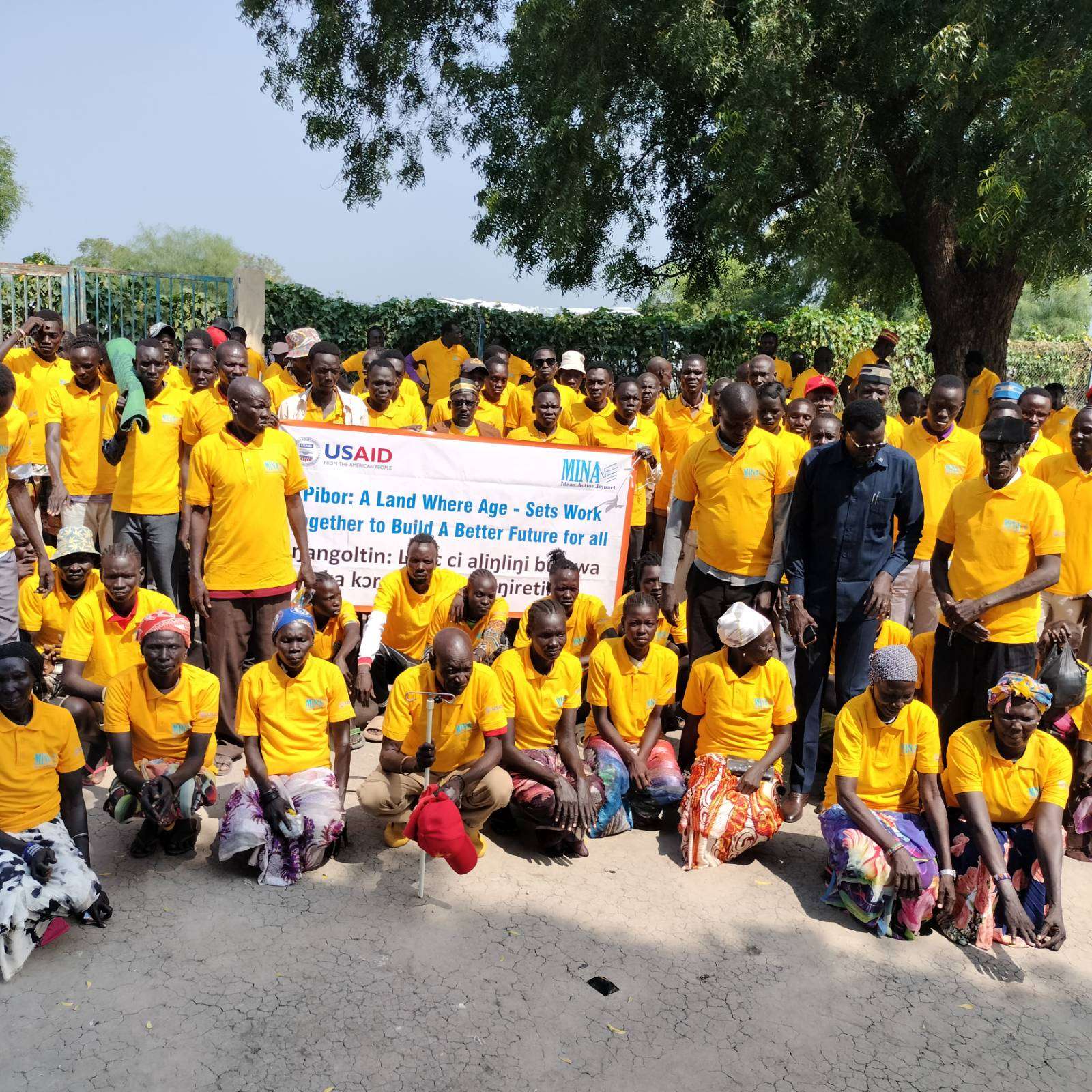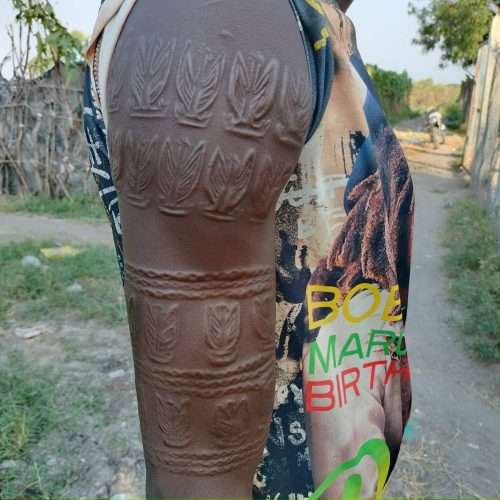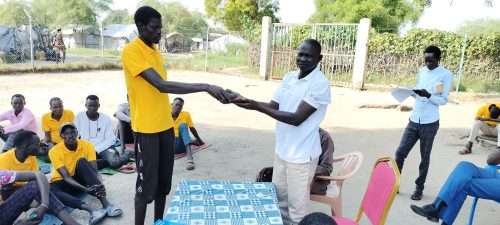
In all cultures, age matters. In the West, youth is revered, whereas respect for older adults predominates in the East. In South Sudan, age creates bonds often thicker than blood among the Murle Community. Age-sets in South Sudan are similar to generations, usually spanning 10 to 15 years. The age -sets constitute a system of social stratification in which younger age sets are in a place of deference and subordination to senior age-sets, up until the time when they begin competing for dominance with the older groups.
“Belonging to my age set means having a strong sense of community and trust. We are like a family, born around the same time and raised together. We protect each other from communal violence, and we share a deep sense of belonging,” said Michael, a 24-year-old from the Kurenen age-set (born during the mid to late 1990s).
Age-sets are lifelong identifiers giving Murle men a sense of identity, support, and loyalty within their communities. Traditionally, age-sets are identified with token animals and colors, as manifested by scar patterns on the skin and age-set necklaces strung with different bead colors.

“I identify with the kureec (the spotted gazelle), our age-set’s symbol. The animal represents agility, strength, and resilience, traits we strive to embody,” explained Michael.
Age-sets define the social structure among men of the Murle community. They are a source of unity, social solidarity, and support, but they are also linked to violence. Age-sets traditionally fought with sticks or specially treated and hardened animal skins for communal dominance and respect. With South Sudan’s independence and years of turmoil and communal violence, now exacerbated by modern political divisions, these traditional weapons have turned into guns. The age-set animal symbolism characterized by body scarring is morphing into physical scarifications depicting modern warfare, such as AK47s and images of other modern weaponry.
In the Greater Pibor Administrative Area (GPAA) of South Sudan, a historically conflicted area 400 km east of the capital city of Juba, the lines between traditional competitive age-set dominance, political wrangling, and the age-old habit of cattle rustling and revenge killing have become blurred. Traditionally, there comes a time for each age-set to become decision-makers for their communities. Still, this pattern has become compromised since South Sudan’s civil war. Males of a younger age who fought in the war want to have more influence faster and are willing to use violence and fight for it.
“Unfortunately, I participated in violent acts against the older Lango age-set (born during the mid-1980s to early 1990s), including cattle raiding and fighting. It stemmed from traditional rivalries and competition. We justified this behavior at the time, but now I regret the pain and suffering caused,” says Michael.
“I was among the key people who made decisions about age-set fighting in Manayumen boma (village) between the Lango and Kurenen. I now realize that I caused pain to many mothers who lost their children in the fighting, and I wish for forgiveness,” said Abbula, a member of the Lango age-set.
The Pibor and the Murle inter-communal conflict is a sum of many parts consisting of poverty, shortage of resources, the prevalence of guns, and the struggle for power further amplified by opponents and supporters of various political actors, factions, and splintered defense forces. All of this creates deeper rifts between age-set groups and makes farming, livelihoods, and overall community development nearly impossible.
Now in its fourth year of operation, the USAID Shejeh Salam (“Promoting Peace”) project, implemented by DT Global, has consistently worked in GPAA to employ trauma awareness and creative peacebuilding activities that help people come to terms with and accept the trauma they have undergone, and then provide neutral platforms for airing grievances and providing guidance to reach resolutions of peace. This is followed by ongoing engagement of age-set youth groups through sports for peace activities and micro-entrepreneurial initiatives that facilitate their interaction and peaceful coexistence.
“I attended a youth dialogue organized by Shejeh Salam and later joined in a village celebration for the International Day of Peace. Initially, I was skeptical, but these events opened my eyes to the possibilities of peaceful coexistence. I learned about resolving conflict through dialogue instead of violence and the benefits of living in harmony. I now see age-sets as part of a natural cycle of life and leadership,” Michael recounts. “This is time for us to change, or we will perish. We have been living alone in the bush without our elders, and now I want to tell my older brothers from Lango that we want to return home to our villages and live together in peace,” said Zirach, another member of the younger Kurenen age-set.

Michael agrees: “Our age-set tradition can evolve for the better. We can retain our traditional loyalty to one another while using dialogue to solve inter-communal disputes; through collective efforts, we must remain committed to peace for the good of our entire community.”